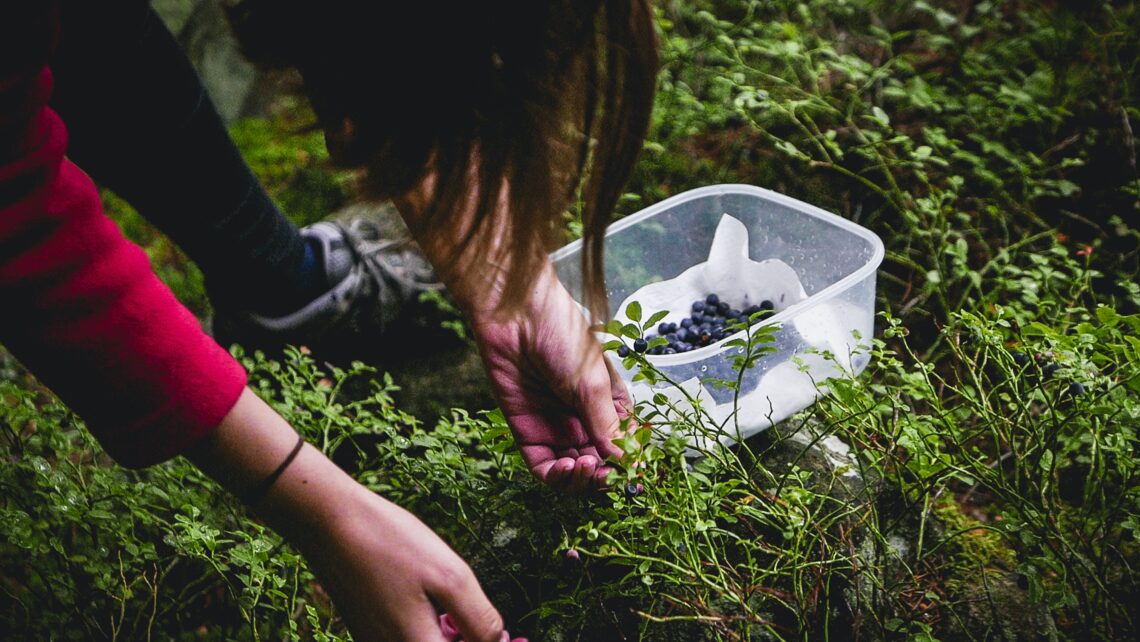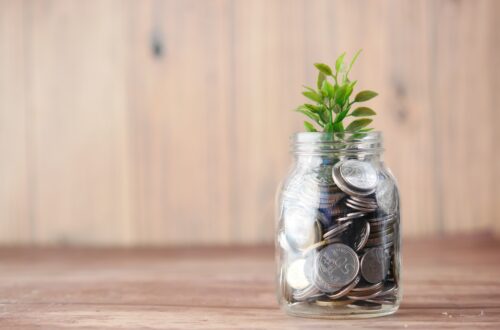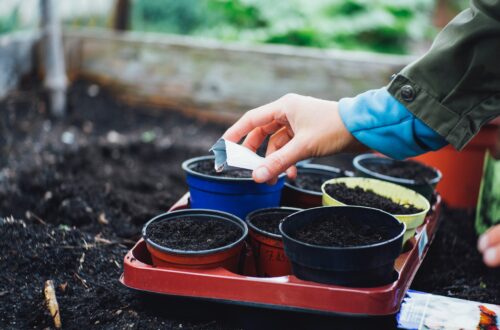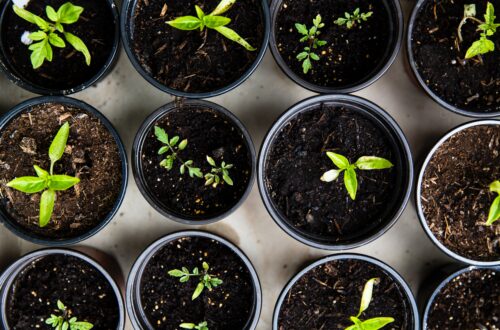Seeds are the heart and soul of every garden. They represent the potential for new growth and the continuity of your favourite plants from season to season. Whether you’re a seasoned gardener or just starting, learning how to collect seeds is a valuable skill that allows you to preserve and share the botanical treasures you’ve nurtured. In this article, we’ll explore the art and science of collecting seeds, from choosing the right time to harvest to ensure their viability for future planting.
Selecting the Right Time to Collect Seeds
Timing is everything when it comes to seed collection. Different plants produce seeds at various stages of maturity. To collect seeds at their peak quality and viability, observe the following guidelines:
- Observe the Plant: Watch your plants closely and choose the best time to collect seeds based on their individual characteristics. Most seeds are ready when the fruits or seed pods start to dry and turn brown.
- Consider the Weather: Aim to collect seeds on dry, sunny days when moisture levels are low. Rain or humidity can lead to mould and rot, reducing seed viability.
Prepare Your Tools
Before you begin, gather the necessary tools and materials. You’ll need:
- Small containers or envelopes: These are essential for storing and labelling seeds.
- Scissors or pruning shears: Use these to snip seed heads or pods from the plants.
- Gloves: Some plants may have thorns or irritants, so protective gloves can be helpful.
- Markers and labels: Ensure you can identify the collected seeds by labelling containers or envelopes with the plant’s name, collection date, and any additional relevant information.
Harvesting Seeds
Different plants require different methods of seed collection. Here are some common techniques:
- Dry Seeds (e.g., sunflowers): When the seed heads have turned brown and the seeds are hard, cut the heads with pruning shears, collecting them in a container or bag.
- Wet Seeds (e.g., tomatoes): Scoop the seeds from the ripe fruit and place them in a glass or plastic container. Allow the seeds to ferment for a few days, stirring daily to break down the gel coating. Rinse and dry the seeds before storing.
- Seed Pods (e.g., peas): Wait until the pods turn brown and start to split open. Harvest the pods and allow them to dry completely indoors before removing the seeds.
Drying and Cleaning
After collecting, it’s crucial to dry and clean the seeds thoroughly. Spread them out on a paper towel or screen in a well-ventilated area. Allow them to air dry for several days to ensure all moisture has evaporated. Once dry, remove any remaining plant debris or chaff from the seeds.
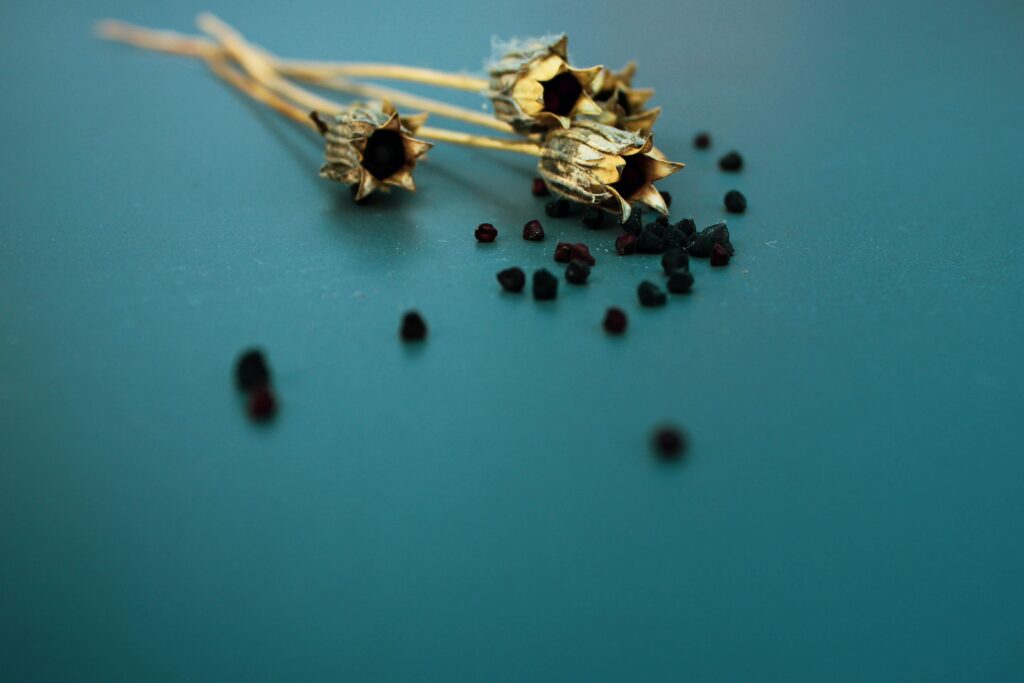
Proper Storage
To maintain seed viability, store them in a cool, dry, and dark place. Use airtight containers or envelopes to protect seeds from moisture and pests. Label each container with the plant name and collection date. Store your seeds in a cool, dry location, such as a refrigerator, to prolong their lifespan.
Testing Viability
To ensure the seeds remain viable, perform germination tests periodically. Plant a small sample of seeds and monitor their germination rate. If the rate drops significantly, it may be time to replenish your seed collection.
Sharing and Preservation
Collecting seeds not only benefits your garden but also allows you to share with fellow gardeners and contribute to the preservation of heirloom and rare plant varieties. Consider joining seed-saving communities or organizations to connect with like-minded individuals and learn more about preserving genetic diversity.
Final Thoughts on How To Collect Seeds
In conclusion, learning how to collect seeds is a rewarding skill that promotes sustainability and continuity in your garden. By understanding the timing, techniques, and proper storage methods, you can ensure the success of your seed collection efforts and nurture a thriving garden year after year.
Happy seed collecting, and may your garden always flourish with the seeds of your labour!
